Zhongfei Zhang, Ruofei Zhang9781584889663, 1584889667
The book first discusses the theoretical foundations of multimedia data mining, presenting commonly used feature representation, knowledge representation, statistical learning, and soft computing techniques. It then provides application examples that showcase the great potential of multimedia data mining technologies. In this part, the authors show how to develop a semantic repository training method and a concept discovery method in an imagery database. They demonstrate how knowledge discovery helps achieve the goal of imagery annotation. The authors also describe an effective solution to large-scale video search, along with an application of audio data classification and categorization.
This novel, self-contained book examines how the merging of multimedia and data mining research can promote the understanding and advance the development of knowledge discovery in multimedia data.
Table of contents :
Multimedia Data Mining: A Systematic Introduction to Concepts and Theory……Page 3
Foreword……Page 6
About the Authors……Page 8
Contents……Page 9
List of Tables……Page 14
List of Figures……Page 16
Preface……Page 21
Table of Contents……Page 0
Part I: Introduction……Page 23
1.1 Defining the Area……Page 24
1.2 A Typical Architecture of a Multimedia Data Mining System……Page 28
1.3 The Content and the Organization of This Book……Page 29
1.4 The Audience of This Book……Page 31
1.5 Further Readings……Page 32
Part II: Theory and Techniques……Page 34
2.1 Introduction……Page 35
2.2 Basic Concepts……Page 36
2.2.1 Digital Sampling……Page 37
2.2.2 Media Types……Page 38
2.3 Feature Representation……Page 42
2.3.1 Statistical Features……Page 43
2.3.1.1 Histogram……Page 44
2.3.1.3 Correlograms……Page 46
2.3.1.4 Transformation Coefficient Features……Page 47
2.3.2.1 Moments……Page 49
2.3.2.2 Fourier Descriptors……Page 50
2.3.2.3 Normalized Inertia Coefficients……Page 51
2.4 Knowledge Representation……Page 52
2.4.1 Logic Representation……Page 53
2.4.2 Semantic Networks……Page 54
2.4.3 Frames……Page 56
2.4.4 Constraints……Page 58
2.4.5.2 Using Fuzzy Logic to Represent Uncertainties……Page 61
2.5 Summary……Page 64
3.1 Introduction……Page 65
3.2.1 Bayes Theorem……Page 67
3.2.2 Bayes Optimal Classifier……Page 69
3.2.4 Naive Bayes Classifier……Page 70
3.2.5 Bayesian Belief Networks……Page 72
3.3 Probabilistic Latent Semantic Analysis……Page 76
3.3.1 Latent Semantic Analysis……Page 77
3.3.2 Probabilistic Extension to Latent Semantic Analysis……Page 78
3.3.3 Model Fitting with the EM Algorithm……Page 80
3.3.4 Latent Probability Space and Probabilistic Latent Semantic Analysis……Page 81
3.3.5 Model Overfitting and Tempered EM……Page 82
3.4 Latent Dirichlet Allocation for Discrete Data Analysis……Page 83
3.4.1 Latent Dirichlet Allocation……Page 84
3.4.2 Relationship to Other Latent Variable Models……Page 86
3.4.3 Inference in LDA……Page 89
3.4.4 Parameter Estimation in LDA……Page 90
3.5 Hierarchical Dirichlet Process……Page 92
3.6 Applications in Multimedia Data Mining……Page 93
3.7 Support Vector Machines……Page 94
3.8 Maximum Margin Learning for Structured Output Space……Page 101
3.9 Boosting……Page 108
3.10 Multiple Instance Learning……Page 111
3.10.1 Establish the Mapping between the Word Space and the Image-VRep Space……Page 113
3.10.3 Image-to-Image Querying……Page 115
3.10.5 Multimodal Querying……Page 116
3.10.7.1 Case 1: When a New Image Is Added into the Database……Page 117
3.10.7.2 Case 2: When an Existing Image Is Deleted from the Database……Page 119
3.10.7.3 Case 3: When the Database Vocabulary Changes……Page 120
3.11 Semi-Supervised Learning……Page 121
3.11.1 Supervised Learning……Page 124
3.11.2 Semi-Supervised Learning……Page 126
3.11.3 Semiparametric Regularized Least Squares……Page 129
3.11.4 Semiparametric Regularized Support Vector Machines……Page 131
3.11.6 Transductive Learning and Semi-Supervised Learning……Page 133
3.11.7 Comparisons with Other Methods……Page 134
3.12 Summary……Page 135
4.1 Introduction……Page 136
4.2 Characteristics of the Paradigms of Soft Computing……Page 137
4.3.1 Basic Concepts and Properties of Fuzzy Sets……Page 138
4.3.2 Fuzzy Logic and Fuzzy Inference Rules……Page 142
4.3.3 Fuzzy Set Application in Multimedia Data Mining……Page 143
4.4.1 Basic Architectures of Neural Networks……Page 144
4.4.2 Supervised Learning in Neural Networks……Page 150
4.4.3 Reinforcement Learning in Neural Networks……Page 155
4.5.1 Genetic Algorithms in a Nutshell……Page 159
4.5.2 Comparison of Conventional and Genetic Algorithms for an Extremum Search……Page 164
4.6 Summary……Page 169
Part III: Multimedia Data Mining Application Examples……Page 171
5.1 Introduction……Page 172
5.2 Background……Page 173
5.3 Related Work……Page 174
5.4.1 Image Features……Page 176
5.4.2 Visual Dictionary……Page 177
5.5.1 alpha-Semantics Graph……Page 180
5.5.2 Fuzzy Model for Repositories……Page 183
5.6 Classification Based Retrieval Algorithm……Page 185
5.7.1 Classification Performance on a Controlled Database……Page 187
5.7.2 Classification Based Retrieval Results……Page 189
5.8 Summary……Page 197
6.1 Introduction……Page 198
6.2 Background and Related Work……Page 199
6.3.1 Image Segmentation……Page 202
6.3.2 Visual Token Catalog……Page 205
6.4.1 Probabilistic Database Model……Page 208
6.4.2 Model Fitting with EM……Page 209
6.5 Posterior Probability Based Image Mining and Retrieval……Page 211
6.6 Approach Analysis……Page 213
6.7 Experimental Results……Page 216
6.8 Summary……Page 222
7.1 Introduction……Page 226
7.2 Background……Page 227
7.3 Related Work……Page 228
7.4.1 Probabilistically Annotated Image Model……Page 230
7.4.2 EM Based Procedure for Model Fitting……Page 232
7.4.3 Estimating the Number of Concepts……Page 233
7.5.1 Image Annotation and Image-to-Text Querying……Page 234
7.5.2 Text-to-Image Querying……Page 235
7.6 Experiments……Page 236
7.6.1 Dataset and Feature Sets……Page 237
7.6.3 Results of Automatic Image Annotation……Page 238
7.6.5 Results of Image-to-Image Querying……Page 241
7.6.6 Results of Performance Comparisons with Pure Text Indexing Methods……Page 243
7.7 Summary……Page 245
8.1 Introduction……Page 247
8.2 Background……Page 248
8.3 Related Work……Page 249
8.4 Video Categorization……Page 251
8.4.1 Naive Bayes Classifier……Page 253
8.4.2 Maximum Entropy Classifier……Page 254
8.4.3 Support Vector Machine Classifier……Page 256
8.4.4 Combination of Meta Data and Content Based Classifiers……Page 257
8.5 Query Categorization……Page 258
8.6.1 Data Sets……Page 260
8.6.2 Video Categorization Results……Page 262
8.6.3 Query Categorization Results……Page 267
8.6.4 Search Relevance Results……Page 269
8.7 Summary……Page 271
9.1 Introduction……Page 272
9.2 Background and Related Work……Page 273
9.3 Feature Extraction……Page 275
9.5 Experimental Results……Page 278
9.6 Summary……Page 284
References……Page 285
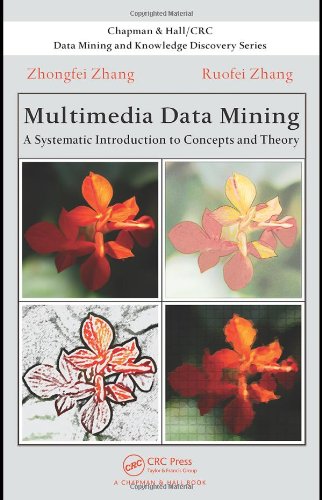
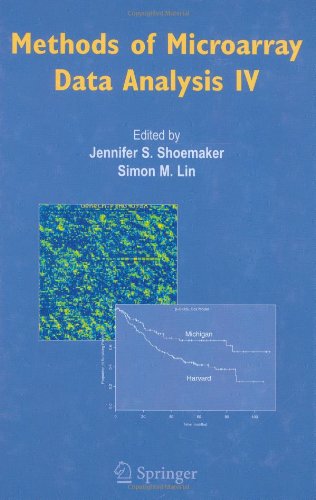
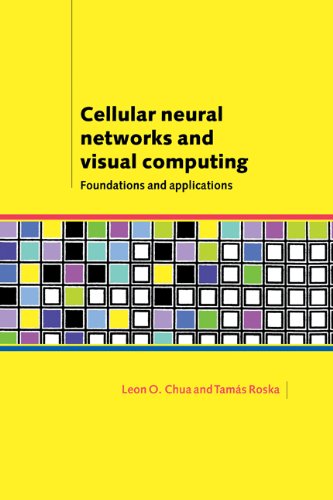


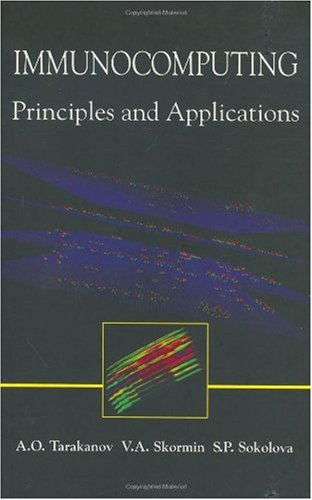
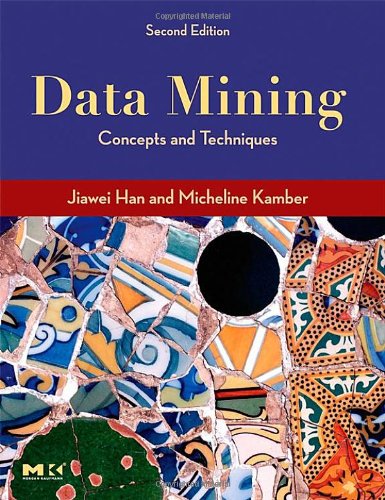
Reviews
There are no reviews yet.